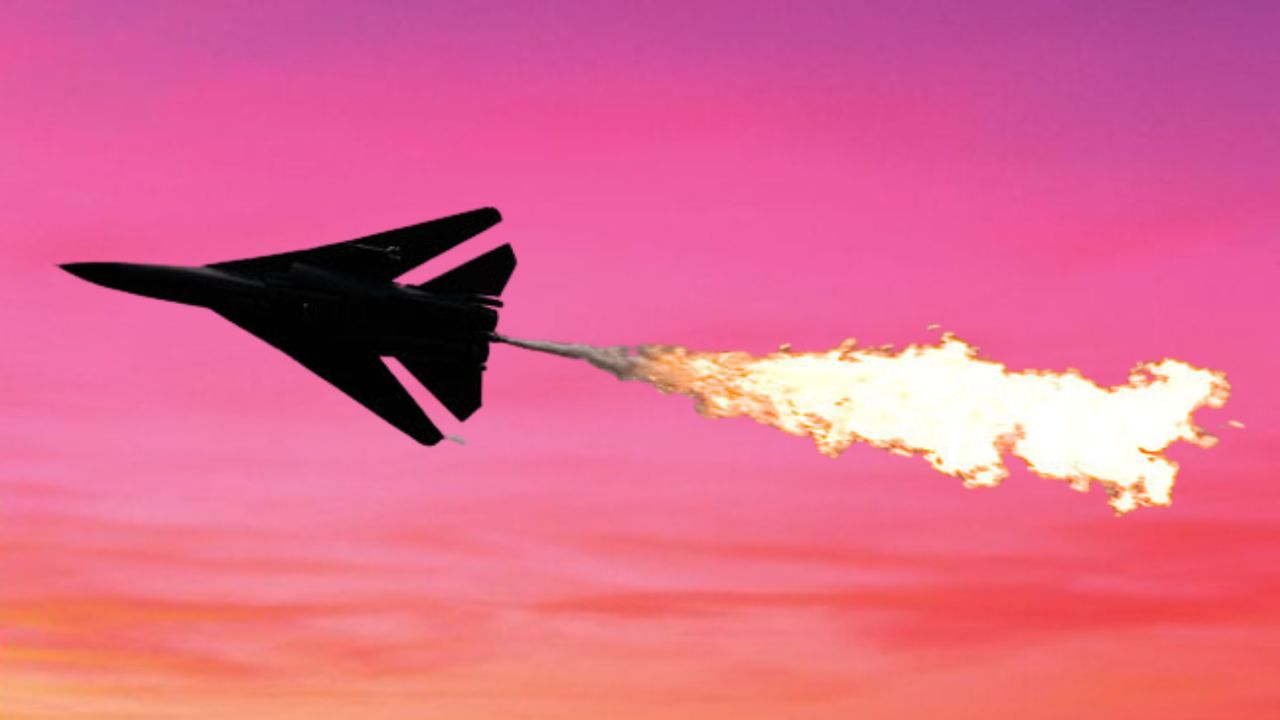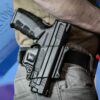The F-111 was a versatile military aircraft the United States Air Force used from the 1960s through the 1990s. It was notable for its variable geometry wings, which allowed it to perform well at various speeds, and its ability to carry out deep penetration bombing missions in all weather conditions. The F-111 played a crucial role in modernizing tactical air power and introducing new avionics and weapons systems technologies.
Here are 15 ways this aircraft made its mark in history.
1. Swing-Wing Design
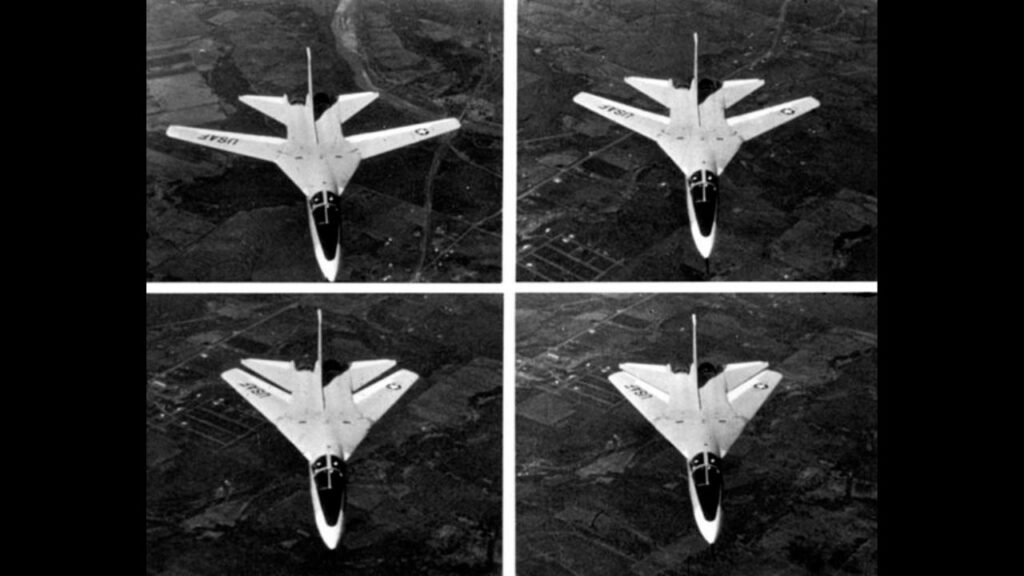
The F-111 was a pioneering aircraft, notable for its variable-sweep wing design, which was one of the first in production aircraft. This innovative feature allowed the wings of the F-111 to adjust their angle during flight, optimizing aerodynamic performance across a range of speeds.
This swing-wing mechanism enabled the aircraft to achieve high speeds and maintain stability at slower speeds, crucial for various mission requirements. The F-111’s adaptability made it a versatile asset in the U.S. Air Force, enhancing its effectiveness in both high-speed interception roles and low-speed ground attack missions.
2. Speed and Range
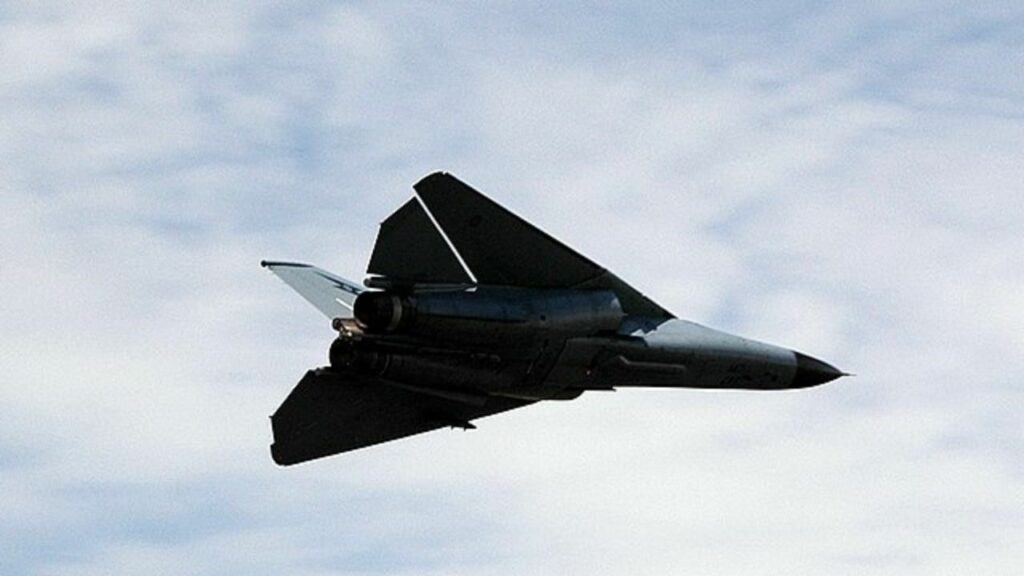
The F-111 was renowned for its exceptional speed and range capabilities. It could achieve supersonic speeds, topping out at around Mach 2.5, which made it one of the fastest military aircraft of its time. Additionally, it boasted a significant range without the need for mid-air refueling.
This combination of speed and endurance enabled the F-111 to excel in deep strike missions, where it could penetrate deep into enemy territory, deliver its payload, and return to base, all while operating at high speeds to evade enemy defenses. These features underscored the F-111’s role as a strategic bomber capable of executing a variety of complex missions.
3. Terrain-Following Radar
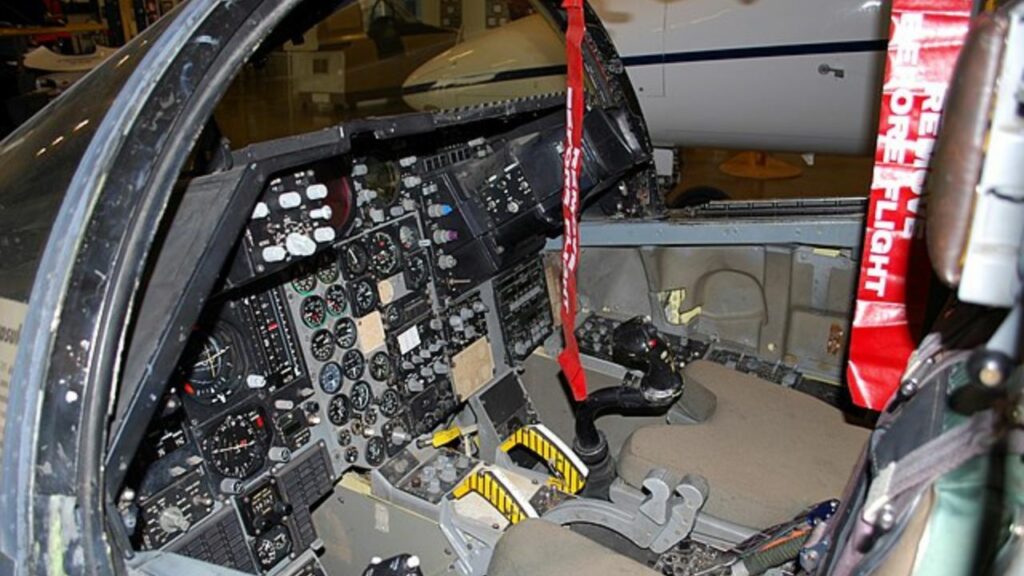
The F-111 was equipped with advanced terrain-following radar, a critical technology that enabled it to fly at extremely low altitudes while maintaining high speeds. This radar system continuously scanned the terrain ahead of the aircraft and automatically adjusted its flight path to maintain a constant, safe altitude above ground level, often just hundreds of feet.
By flying low, the F-111 could effectively avoid detection by enemy radar systems, making it harder to track and target. This capability was particularly valuable for penetrating enemy defenses undetected during missions, enhancing the aircraft’s effectiveness in striking high-value targets deep behind enemy lines.
4. Combat Debut in Vietnam
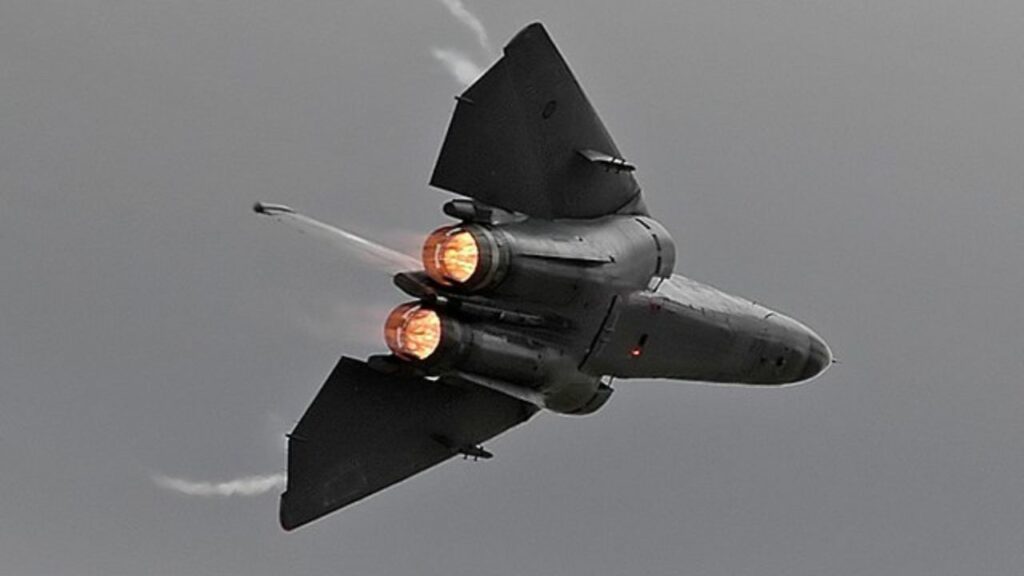
The F-111 made its combat debut during the Vietnam War, marking a significant milestone in its operational history. Initially, the aircraft faced several challenges, including technical issues and high loss rates, which raised questions about its effectiveness in combat.
However, as the technical problems were addressed and pilots received better training, the F-111’s true potential emerged. It excelled particularly in high-speed, low-level penetration bombing missions. By utilizing its terrain-following radar and variable-sweep wings, the F-111 could evade enemy defenses and deliver precision strikes, proving to be a valuable asset in the U.S. military’s arsenal during the conflict.
5. Nuclear Capability
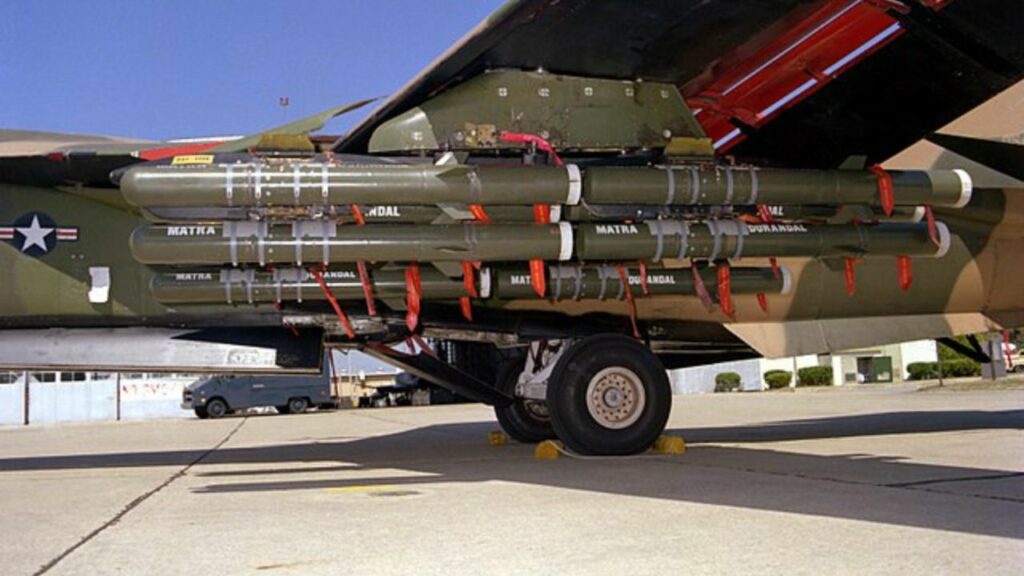
The F-111 was initially designed with the capability to deliver nuclear weapons, making it a pivotal component of the United States’ strategic bomber force throughout the Cold War. This design intention aligned with the era’s strategic deterrence philosophy, where the ability to deliver nuclear payloads effectively and reliably was paramount.
The aircraft’s long range, high speed, and advanced navigational systems enabled it to penetrate deep into enemy territory and ensure that it could deliver its nuclear arsenal if required. These capabilities integrated into the F-111 underscored its role as a formidable deterrent in the Cold War’s tense geopolitical climate.
6. Nicknamed “Aardvark”
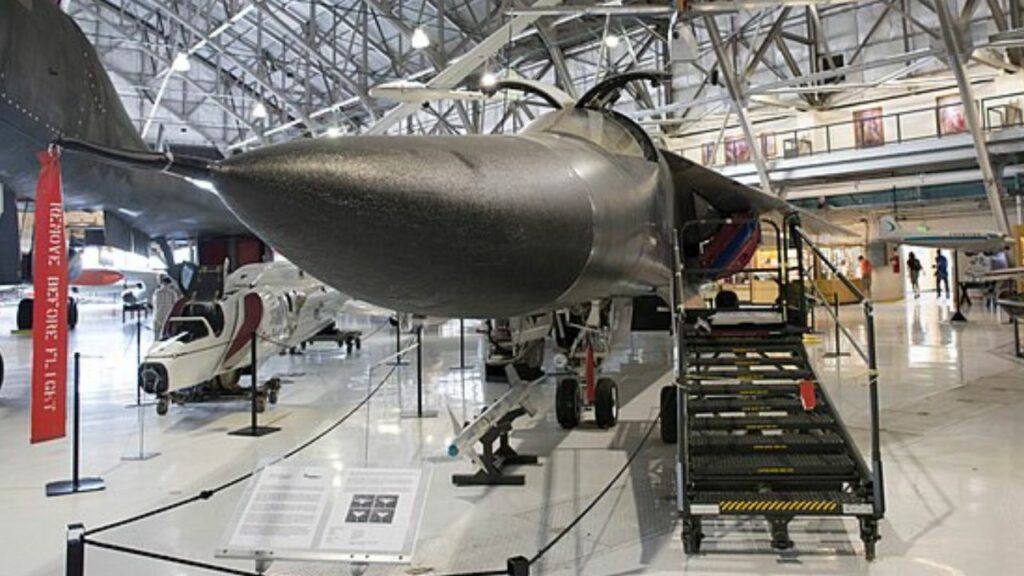
The F-111 was commonly nicknamed the “Aardvark,” a moniker it earned due to its distinctive long nose, which resembled that of the African animal known for its burrowing habits. This unique design feature was not just aesthetic; it housed the radar and avionics that were crucial for the aircraft’s advanced navigation and targeting systems.
The nickname “Aardvark” affectionately reflected the aircraft’s ability to sniff out targets, similar to how the actual animal uses its nose to find food underground. Officially, the F-111 was christened the Aardvark in 1996 upon its retirement, cementing this informal yet fitting title in its legacy.
7. First Use of Afterburning Turbofans
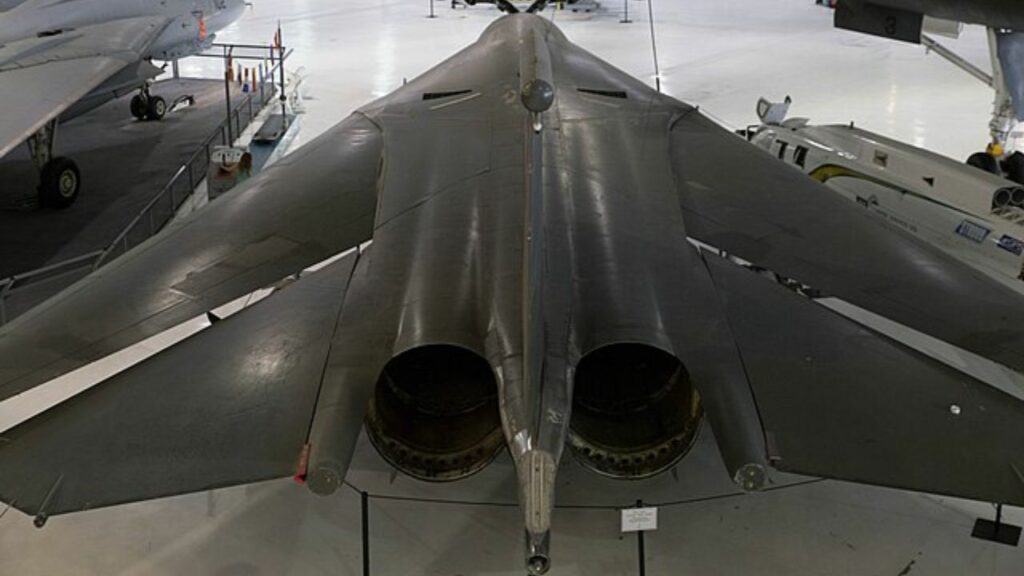
The F-111 was one of the pioneering aircraft to be equipped with afterburning turbofan engines, specifically the Pratt & Whitney TF30. This marked a significant technological advancement in jet engine design at the time. Afterburning turbofans provide a substantial boost in power by injecting fuel directly into the exhaust stream, creating extra thrust through the rapid combustion of the fuel-air mixture.
This feature allowed the F-111 to achieve its impressive supersonic speeds, which were critical for its role in quick strike and deep penetration missions. The inclusion of these engines played a crucial role in setting the standards for future developments in military jet propulsion systems.
8. Electronic Warfare Versions
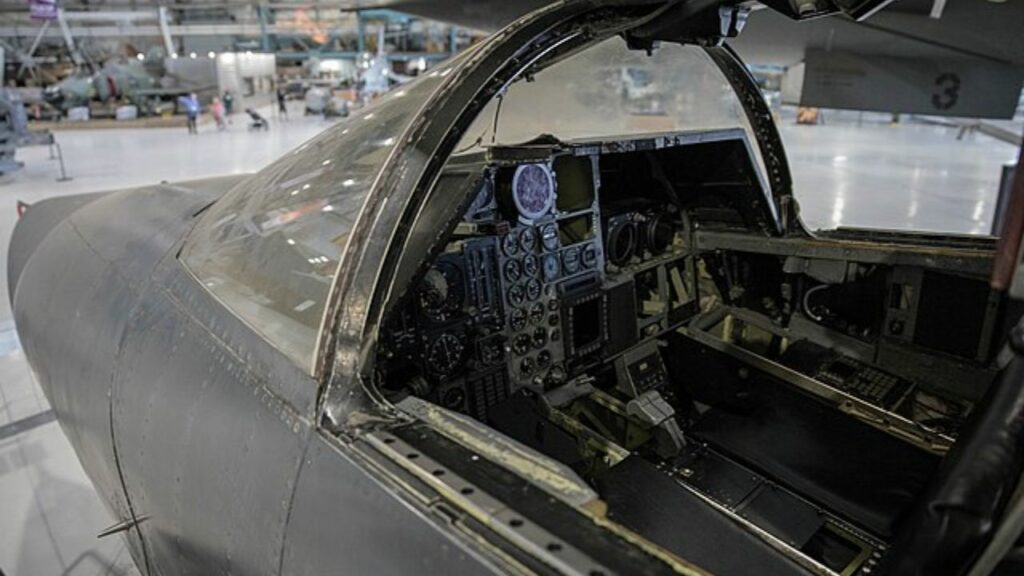
Some variants of the F-111 were specially adapted for electronic warfare, notably the EF-111A Raven. This version was transformed into an airborne jamming platform, equipped with sophisticated electronic equipment designed to disrupt enemy radar and communications.
The EF-111A played a crucial role in U.S. military operations by providing electronic countermeasures, which protected friendly aircraft from being detected and targeted by enemy defense systems. Its ability to effectively jam enemy systems made it an invaluable asset in maintaining air superiority during conflicts. The Raven’s contributions underscored the versatility and adaptability of the F-111 platform in modern warfare.
9. Laser-Guided Bombs
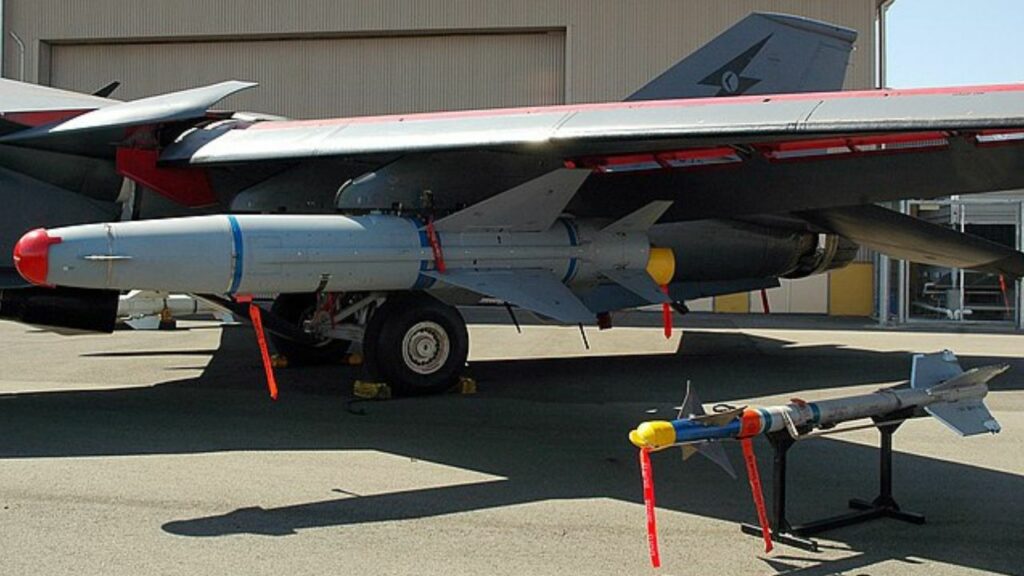
The F-111 was among the first aircraft to regularly employ laser-guided bombs, a technology that greatly enhanced its precision and operational capabilities. These advanced munitions allowed for highly accurate targeting, even when flying at high speeds and low altitudes, features characteristic of the F-111’s design.
By using a laser designator, either airborne or ground-based, to “paint” a target, the bombs could home in on the reflected laser light, ensuring strikes with pinpoint accuracy. This capability was a game-changer in aerial warfare, allowing the F-111 to execute its missions with reduced collateral damage and increased effectiveness.
10. Retractable Landing Gear
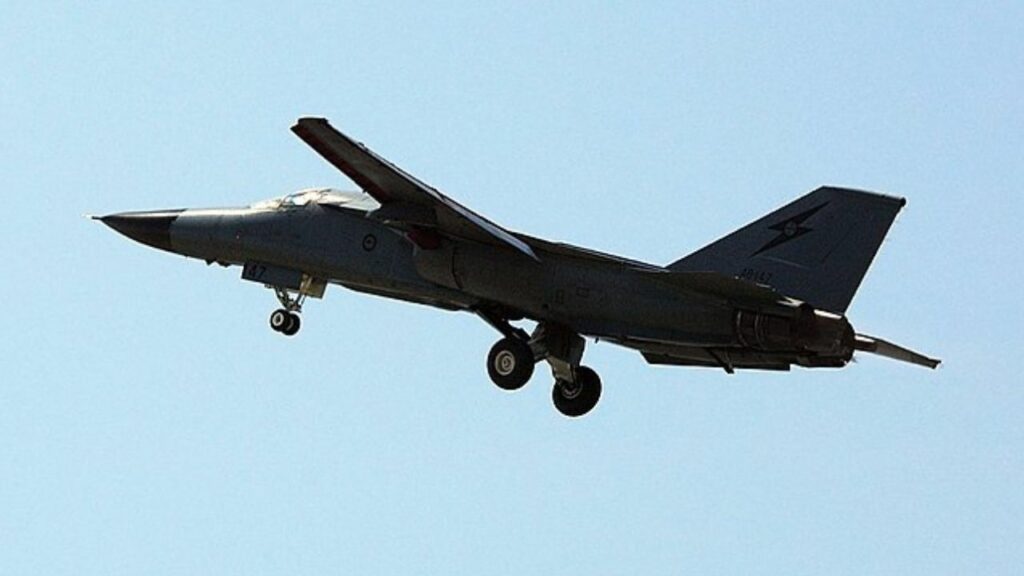
The F-111 featured a unique landing gear system that was designed to fully retract into the fuselage, a feature that distinguished it from many other aircraft. This innovative design significantly reduced aerodynamic drag, enhancing the aircraft’s overall efficiency and speed.
The complete retraction of the landing gear into the fuselage streamlined the aircraft’s shape, minimizing air resistance during high-speed flight. This attribute was particularly beneficial for an aircraft like the F-111, which was designed for high-speed, low-altitude penetration missions where aerodynamic efficiency is critical for performance and fuel economy. This feature contributed greatly to the F-111’s operational success.
11. Long Service Life
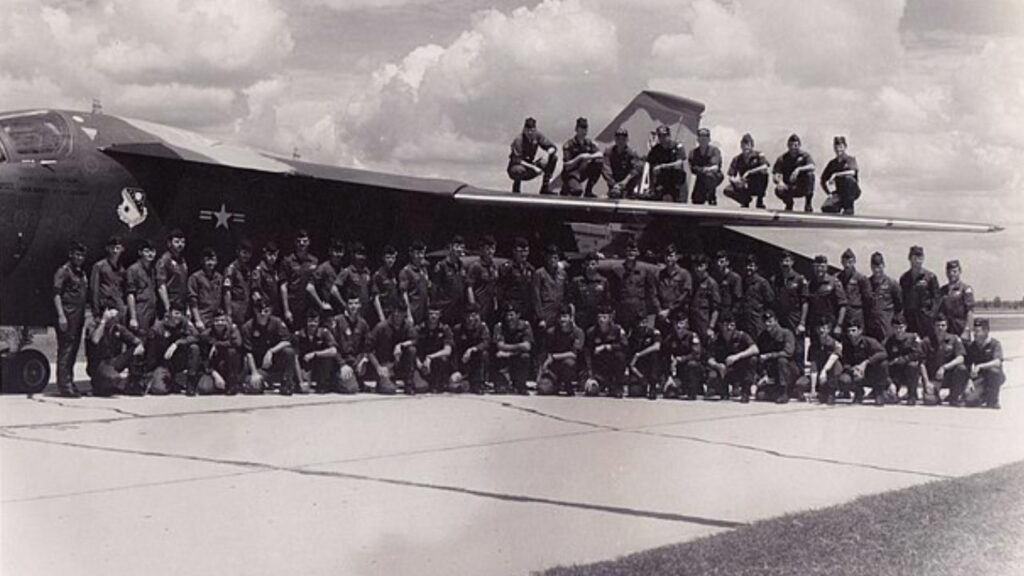
Introduced in the 1960s, the F-111 boasted an impressively long service life, demonstrating its reliability and enduring relevance in modern warfare. It served the United States Air Force until 1998 and continued its service with the Australian Air Force until 2010.
Over the decades, the F-111 was adapted and upgraded to meet evolving combat and technological requirements, showcasing its versatility across a range of mission profiles, from nuclear strike to tactical bombing and electronic warfare. Its durability and adaptability made it a valued asset in the arsenals of both countries, underlining its significant role in military aviation history.
12. High Cost
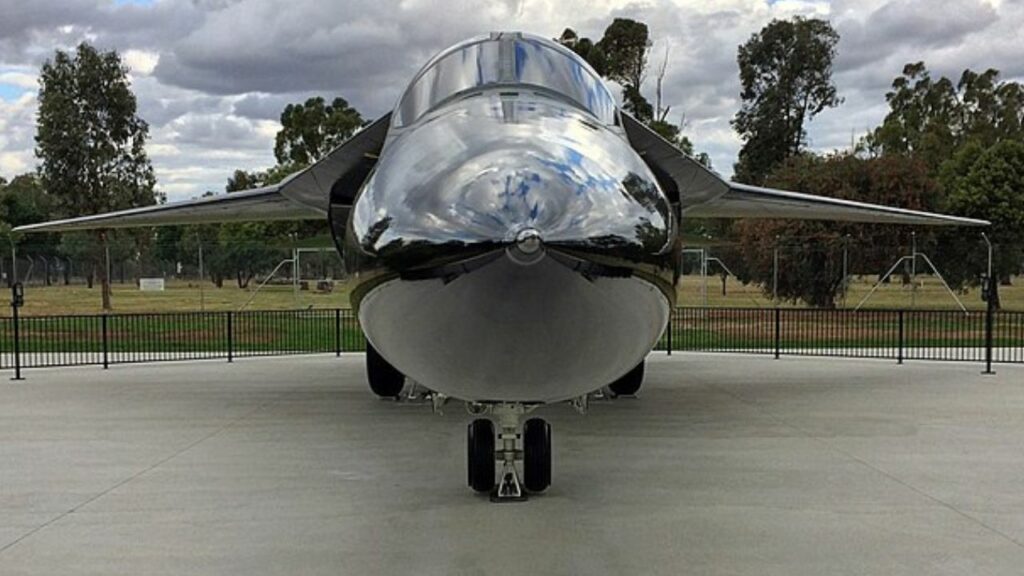
The F-111 was notably expensive to develop and produce, reflecting the advanced technology and innovative features it incorporated. This aircraft pushed the boundaries of aviation technology with its variable-sweep wings, terrain-following radar, and afterburning turbofan engines, among other advancements.
The high costs were also a result of the complex engineering required to integrate such cutting-edge systems reliably into a single platform. Despite the financial investment, the F-111’s capabilities justified its expense, providing unmatched speed, range, and versatility that significantly enhanced the strategic bombing and electronic warfare capabilities of the air forces that operated it.
13. Variable Geometry Inlets
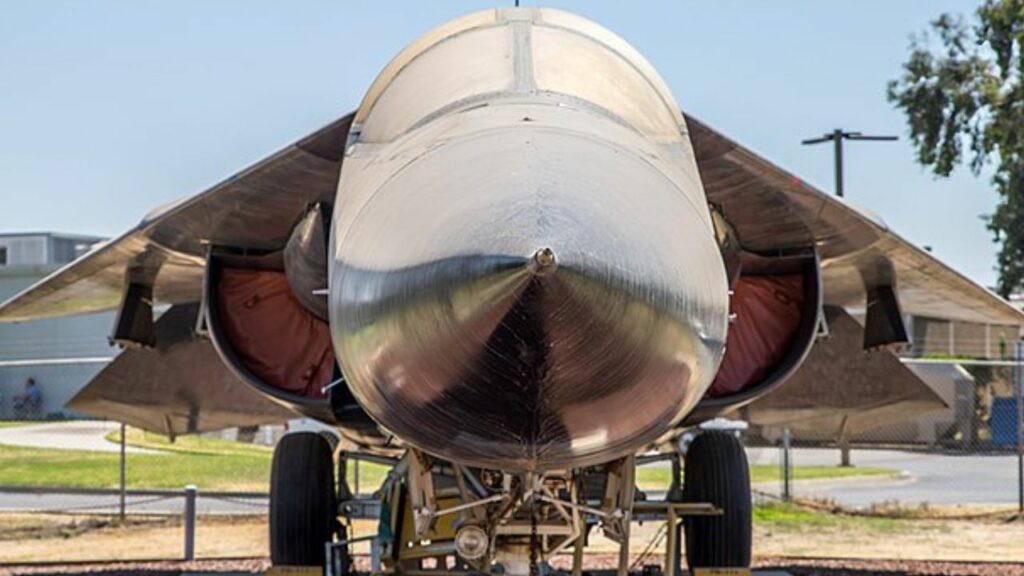
The F-111 featured advanced variable geometry inlets on its engines, a design that significantly contributed to its performance. These inlets automatically adjusted their shape and size to maintain optimal airflow into the engines across various speeds and altitudes.
Such adaptability was crucial for maintaining engine efficiency and performance, especially during supersonic flight and high-altitude operations. The variable geometry of the inlets helped prevent shock waves from disrupting the airflow, ensuring steady and reliable engine function. This technology maximized the F-111’s capabilities, allowing it to operate effectively under diverse flight conditions and enhancing its overall mission versatility.
14. Fuel Dumping Capability
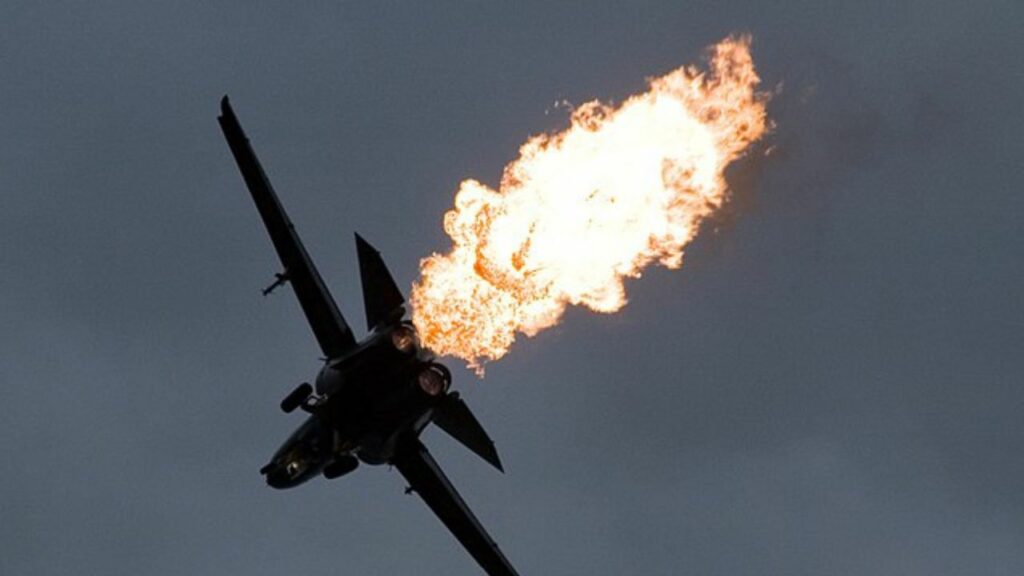
The F-111 was equipped with a unique fuel dumping capability that allowed it to eject fuel from the tips of its wings. This feature was originally intended for reducing aircraft weight rapidly in emergency situations, enhancing safety during unplanned or critical landings.
However, it also found an unconventional use in air shows, where pilots would dump fuel and then ignite it with the aircraft’s afterburners, creating a dramatic and visually striking flame effect. While this spectacle was popular among audiences, it raised environmental concerns due to the unnecessary burning of fuel and the potential impact on air quality.
15. Record-Setting
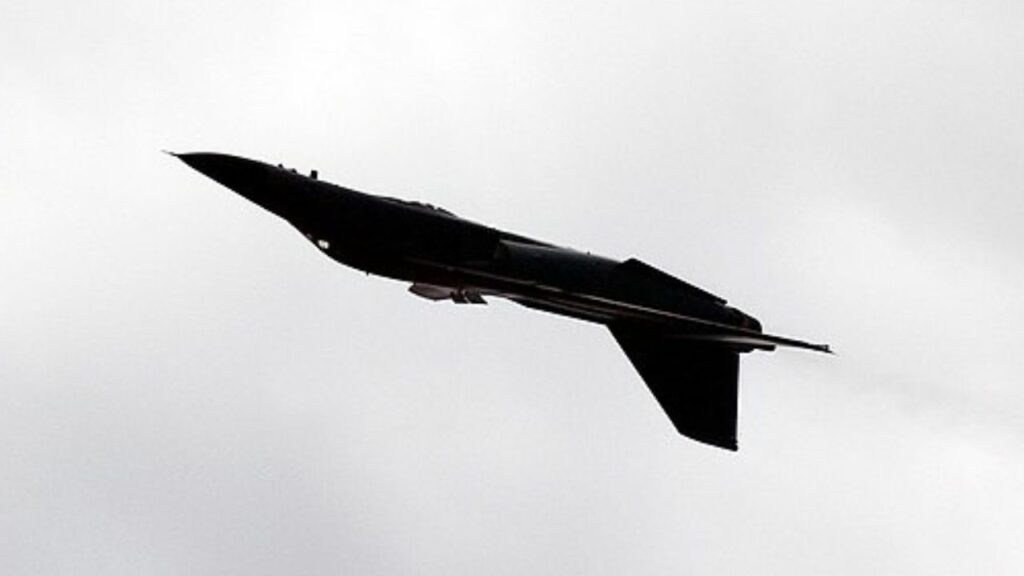
The F-111 established itself as a record-setting aircraft, underscoring its exceptional performance capabilities. One notable achievement was setting a world speed record over a 500 km closed circuit, highlighting its advanced aerodynamic design and powerful engine technology. These records were not merely for show but demonstrated the F-111’s operational excellence and engineering precision.
The ability to sustain high speeds over significant distances reinforced its role as a formidable strike aircraft, capable of executing missions with both speed and precision. These achievements in speed and performance made the F-111 a standout aircraft in military aviation history.
